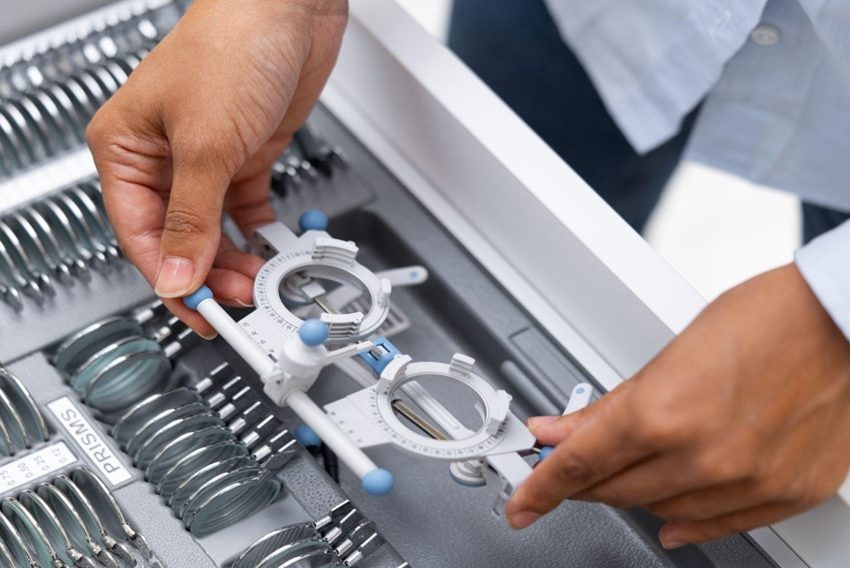In today’s world, industries constantly push boundaries, demanding materials that perform flawlessly in extreme environments. Optical components must be tough, reliable, and crystal clear, whether it’s aerospace, defense, healthcare, or industrial manufacturing. Traditional materials like glass and quartz have served us well, but as technology evolves, so do the challenges. That’s where optical sapphire comes in — a material setting new standards for strength and performance, especially where other materials struggle.
Why Do We Need Tougher Optics?
Consider the environments where advanced optics are used: deep-sea exploration, satellites in space, industrial plants, and high-powered laser systems. These systems are exposed to harsh conditions—high pressure, sudden temperature changes, corrosive chemicals, and mechanical shocks. Glass and quartz may be great for standard applications. Still, they’re prone to scratches, cracks, and wear.
When these components fail, they not only cause downtime but also lead to costly repairs or replacements. That’s why industries are looking for something tougher that lasts longer and can handle these demanding conditions.
What Makes Sapphire So Special?
Sapphire isn’t just pretty—it’s one of the toughest materials on the planet. It’s second only to diamond in hardness. This makes sapphire highly resistant to scratches and impact, which is why it’s used in high-stress environments like military optics, infrared sensors, and underwater cameras. With sapphire, you don’t have to worry about scratches compromising your device’s performance over time.
On top of that, sapphire is chemically resistant. It doesn’t corrode, even in salty seawater or chemical-heavy environments. That’s why industries that operate in tough conditions—like oil rigs, chemical plants, and marine research—prefer sapphire optics over glass. Simply put, sapphire provides reliability where it’s needed most.

Clarity in Every Light Condition
One of the best things about sapphire is its ability to transmit light across a broad range of wavelengths. It works well with ultraviolet (UV), visible, and infrared (IR) light, making it incredibly versatile. This is why it’s a top choice for infrared cameras, multispectral imaging systems, and laser devices.
In comparison, materials like glass may perform well with visible light but struggle with UV and IR wavelengths. That can be a dealbreaker for advanced technologies that need precision in multiple light spectrums. For example, thermal imaging cameras and night-vision goggles often rely on sapphire lenses to ensure clear, accurate visuals.
Built to Handle Extreme Temperatures
Imagine working with a lens exposed to intense heat, freezing cold, or rapid temperature shifts. Most materials would expand, crack, or lose clarity under these conditions. But not sapphire. It stays stable and maintains its optical performance, even in temperatures as high as 2,000°C or in freezing environments like outer space.
This durability makes sapphire the go-to material for aerospace applications, such as satellite optics and protective windows on jet engines. Where glass and quartz might shatter, sapphire stands strong, giving engineers the confidence to push their systems further.
Where You’ll Find Sapphire
Sapphire’s toughness and optical precision are ideal for various industries. In aerospace, it protects cameras and sensors from high-velocity debris and radiation. Defense equipment like night-vision goggles, drones, and laser targeting systems also use sapphire for its durability.
In the medical field, sapphire is used in endoscopes and surgical lasers because it can be sterilized without losing clarity. It even appears in consumer tech—some high-end smartphones and smartwatches now use sapphire screens for scratch resistance.
Conclusion
As industries push technological limits, traditional materials like glass and quartz are starting to show their weaknesses. Optical sapphire is stepping in to fill the gap, offering a rare mix of strength, clarity, and thermal stability. Its ability to perform in extreme conditions makes it an essential material across aerospace, defense, healthcare, and beyond. With sapphire optics leading the way, we’re seeing innovations that were once impossible become reality. As manufacturing techniques improve, sapphire components will become even more accessible, paving the way for a future where optical systems are tougher, more reliable, and ready to conquer any challenge.








